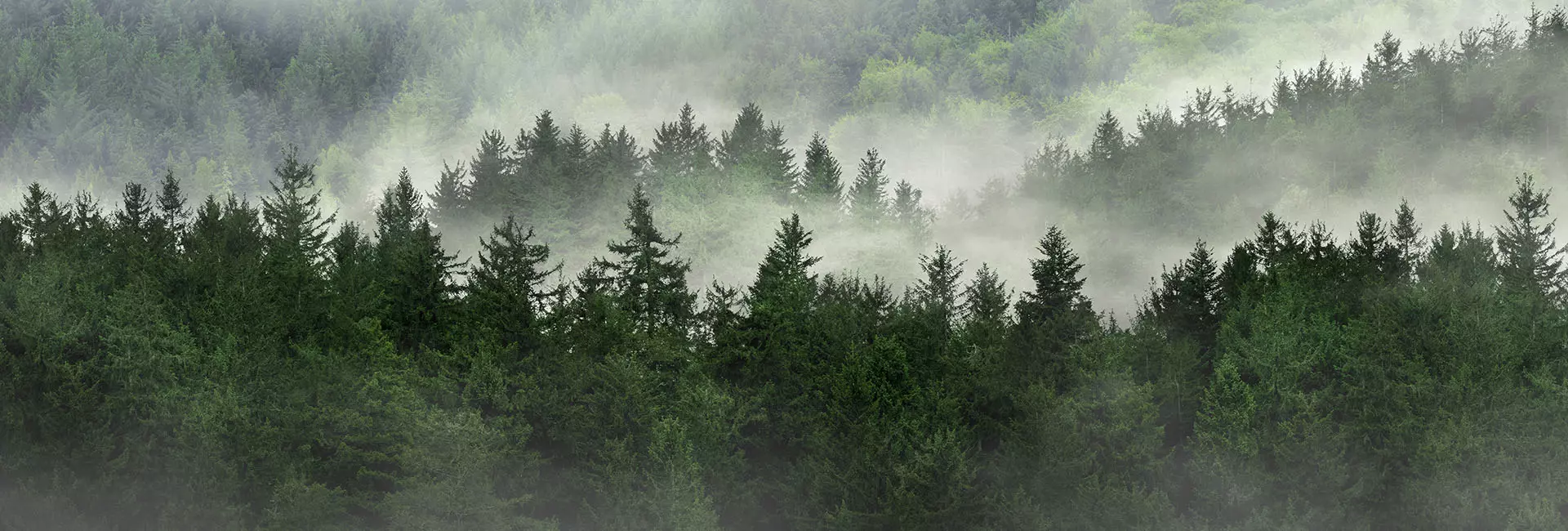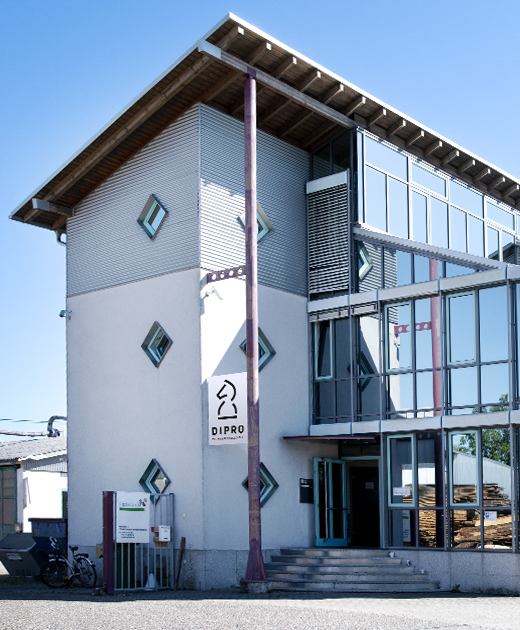Your personal
reference book.
Search for terms
Sie suchen nach einer Definition eines bestimmten Begriffs? In unserem Glossar definieren wir Ihnen die am häufigsten nachgefragten Begriffe von A-Z. Klicken Sie einfach auf den Anfangsbuchstaben des gesuchten Wortes – falls Sie keine Antwort auf Ihre Suche finden, schauen Sie auch gerne in unseren FAQs oder sprechen Sie uns gerne an.




